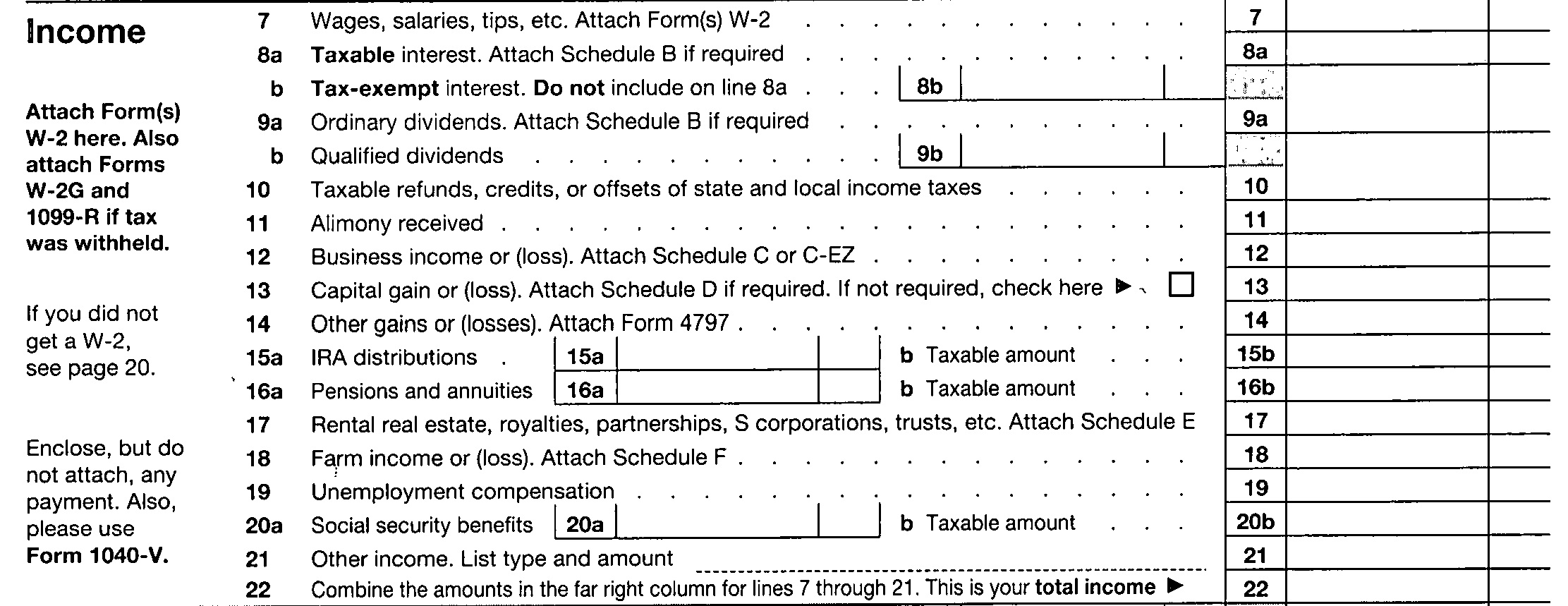
There is perhaps no greater opportunity for courts to state their philosophies or to become instruments of social change than in cases involving the surnames of children of divorced and unmarried parents.
Take the March 29, 2011 Second Department case of Matter of Eberhardt. In that case, Mariah, the now nine-year-old daughter of Michelle Esquenazi and John Eberhardt, was born out of wedlock. At the time of her birth, Mariah’s parents had been in a committed relationship and for a number of years and lived together with the mother’s three children from a prior marriage. Mariah’s birth certificate reflected the sole surname of her father. The father had acknowledged paternity. The parties’ intended wedding never took place. Approximately 1½ years after the child’s birth the father moved out. The mother maintained physical and legal custody, and the father visited regularly in accordance with an arrangement sanctioned by the Family Court.
In 2008, Ms. Esquenazi petitioned to change the child’s surname to Esquenazi-Erberhardt. Nassau County Supreme Court Justice Karen Murphy conducted a hearing at which the parties disputed the extent to which the father had been made aware that the child had been using the hyphenated surnames since age 2, and the extent of his protests once the use was known. Justice Murphy denied the mother’s petition, crediting the father’s testimony. Justice Murphy found that the objections of the father, who was emotionally and financially a part of Mariah’s life, were reasonable. The name change, Justice Murphy ruled, benefited the mother, not the child. To rule otherwise would reward the mother for her self-help and her knowing violation of the proper procedures for a name change under Civil Rights Law §§60 through 63.
A Second Department panel of three women and one man reversed, holding the father’s objections were not reasonable. Rather, his objections were raised to teach the mother a lesson. Moreover, the benefits to the child would not be denied simply to punish the mother for her self-help. Distinguishing the cases in which a mother was seeking to change the child’s surname to that of the mother, eliminating the father’s surname, the Second Department disagreed with Justice Murphy, and held:
[T]he emotional and financial involvement of the father is not a bar to a change to hyphenated surnames.
Continue Reading Changing the Name of the Child of Divorced or Unwed Parents


 In this second of two blogs discussing Supreme Court Nassau County Justice
In this second of two blogs discussing Supreme Court Nassau County Justice  In his March 28, 2011 decision in
In his March 28, 2011 decision in